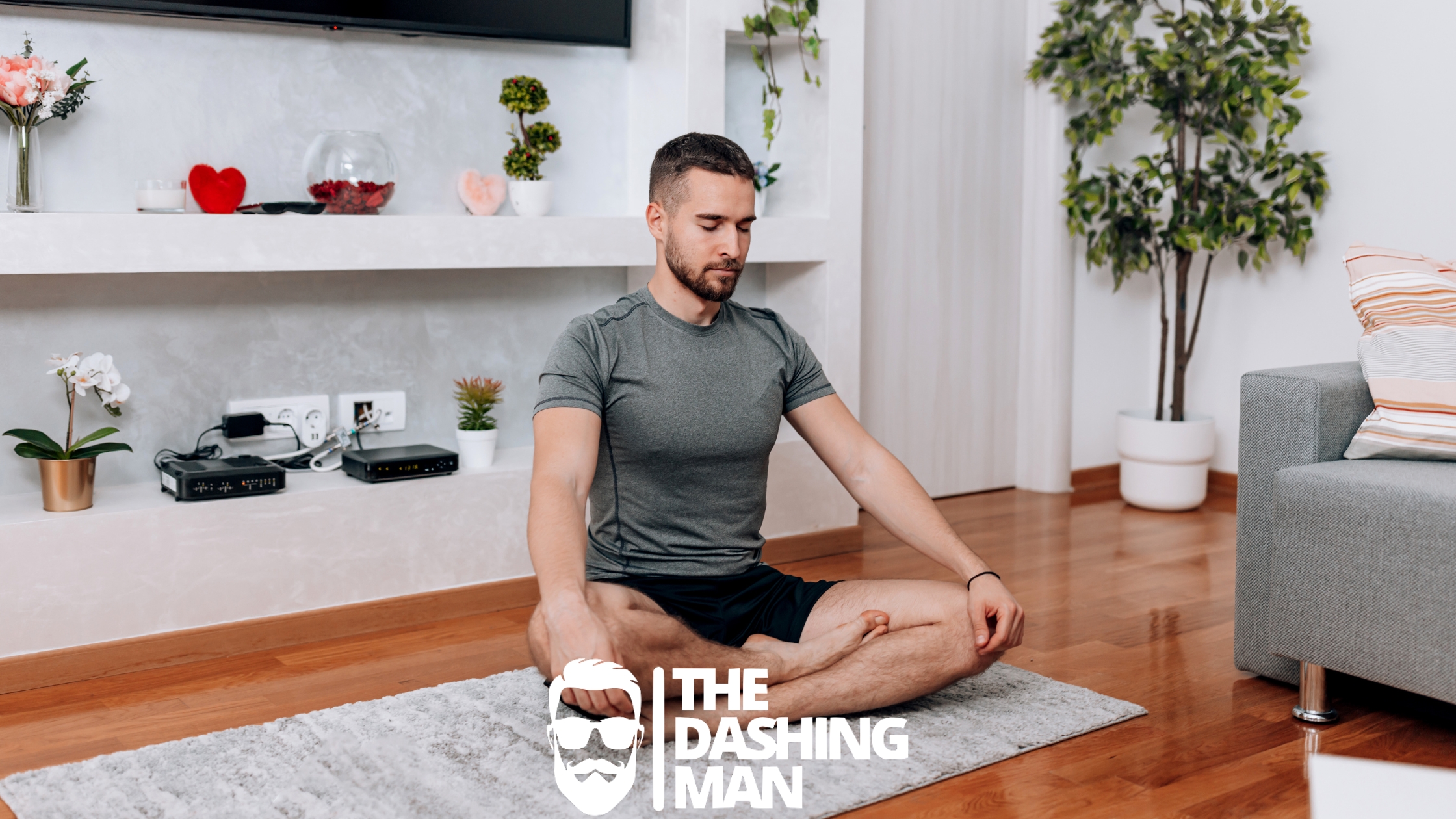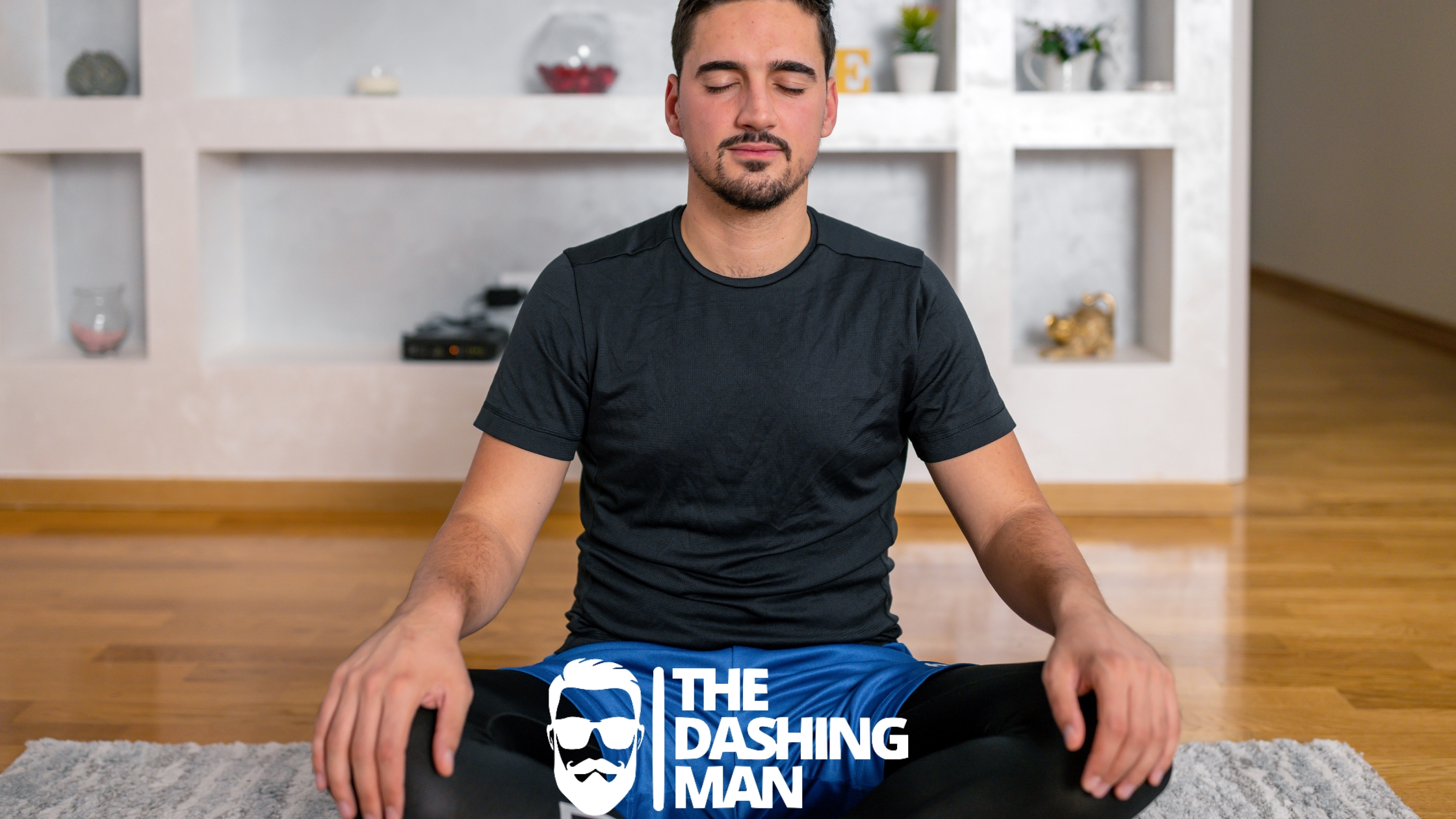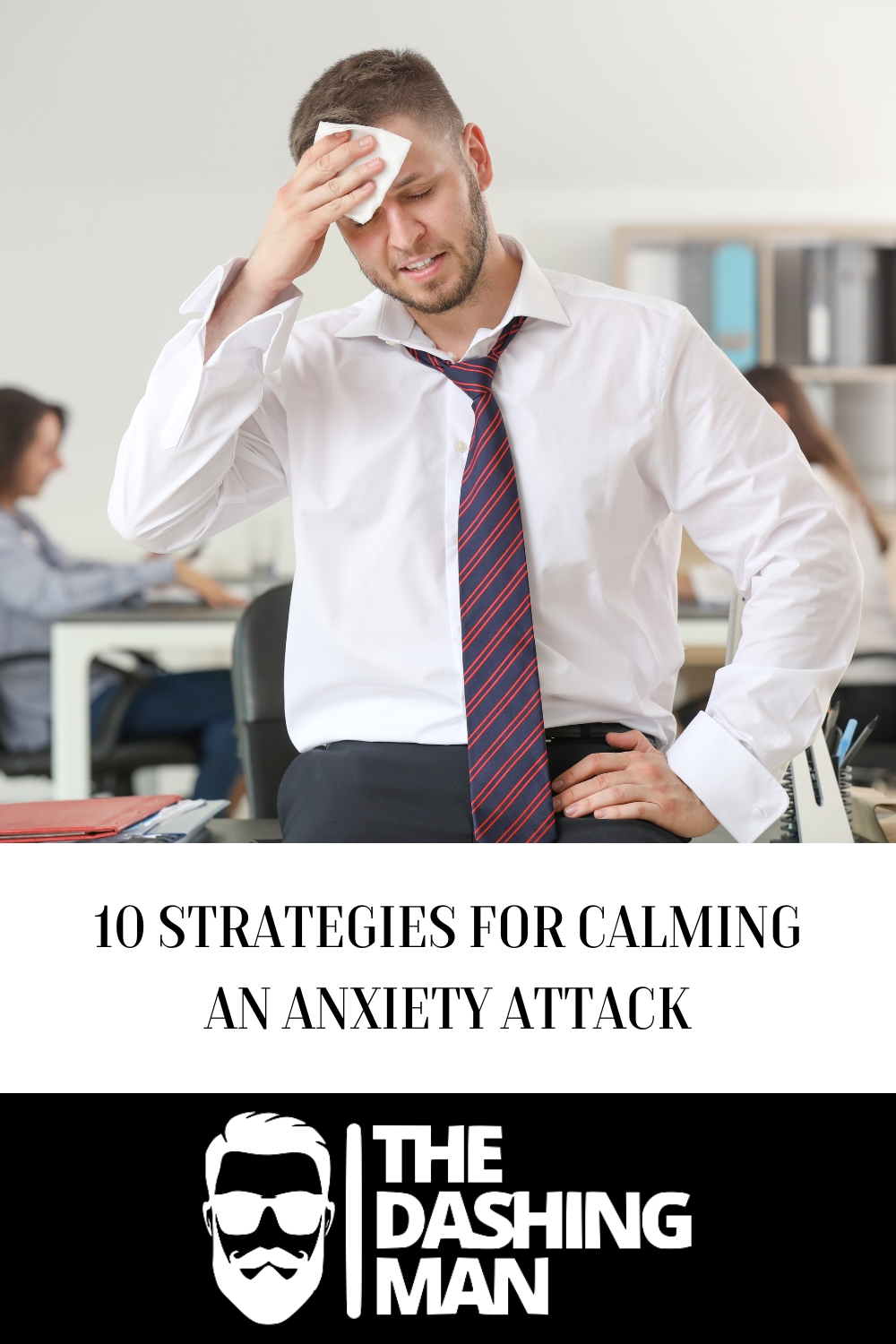Anxiety attacks can be overwhelming and distressing, and it can be challenging to know how to calm them down when they occur. Fortunately, there are several techniques and strategies you can use to help alleviate anxiety symptoms and restore a sense of calm. In this post, we’ll explore some of the most effective ways to calm an anxiety attack.
Understanding Anxiety Attacks
Before we dive into how to calm an anxiety attack, it’s essential to understand what an anxiety attack is and what causes it. An anxiety attack, also known as a panic attack, is a sudden onset of intense fear and physical symptoms that may include heart palpitations, shortness of breath, trembling, sweating, and a feeling of impending doom.
Anxiety attacks are often triggered by stress, but they can also occur without an obvious trigger. They are a natural response to perceived threats or danger, and they are typically self-limiting, meaning that they usually subside within a few minutes.
How to Calm an Anxiety Attack: Strategies and Techniques
1. Practice Deep Breathing
One of the most effective ways to calm an anxiety attack is to practice deep breathing. Slow, deep breaths can help regulate your heart rate and ease physical symptoms such as chest tightness or shortness of breath.
To practice deep breathing, find a quiet place to sit or lie down and focus on taking slow, deep breaths. Inhale deeply through your nose for a count of four, hold your breath for a count of four, and then exhale slowly through your mouth for a count of six. Repeat this cycle for several minutes until you feel more relaxed.
2. Use Relaxation Techniques


Relaxation techniques such as progressive muscle relaxation, meditation, and yoga can help calm your mind and body during an anxiety attack. These techniques can help you focus on the present moment and reduce physical tension.
To practice progressive muscle relaxation, tense and release each muscle group in your body, starting from your toes and working your way up to your head. Hold the tension for a few seconds, then release and relax. Repeat this exercise until you feel more relaxed.
Meditation and yoga can also be beneficial for calming an anxiety attack. Find a quiet place to sit or lie down and focus on your breath. If you’re new to meditation or yoga, consider using a guided meditation or yoga video to help you get started.
3. Distract Yourself


Sometimes, distracting yourself from the anxiety attack can help reduce symptoms. Try focusing on a task that requires concentration, such as counting backward from 100, reciting the alphabet backward, or solving a puzzle.
Alternatively, listen to music, watch a funny video, or read a book. These activities can help shift your focus away from the anxiety and give your mind a break.
4. Challenge Negative Thoughts
Negative thoughts and beliefs can contribute to anxiety attacks. Challenging these thoughts can help you feel more in control and reduce anxiety symptoms.
When negative thoughts arise, ask yourself if they are realistic and whether there is evidence to support them. Try to reframe the negative thought in a more positive and realistic way.
For example, if you’re worried about a job interview, you might tell yourself, “I’m going to fail, and they won’t like me.” Instead, try reframing the thought as, “I may feel nervous, but I’m prepared, and I’m going to do my best.”
5. Seek Support


It’s essential to seek support from friends, family, or a mental health professional if you’re experiencing anxiety attacks regularly. Support can help you feel less alone and provide practical strategies to help manage anxiety.
Consider reaching out to a therapist or counselor who specializes in anxiety disorders. They can provide evidence-based treatments such as cognitive-behavioral therapy (CBT) or exposure therapy.
6. Use Grounding Techniques
Grounding techniques can be useful for managing anxiety attacks. These techniques can help you stay connected to the present moment and reduce symptoms of anxiety.
One common grounding technique is the 5-4-3-2-1 method. Start by identifying five things you can see around you, four things you can touch, three things you can hear, two things you can smell, and one thing you can taste. Focusing on your senses can help you stay grounded and reduce feelings of anxiety.
7. Practice Self-Care: How to Calm an Anxiety Attack


Practicing self-care is essential for managing anxiety attacks. Self-care activities such as getting enough sleep, eating a healthy diet, and exercising regularly can help reduce symptoms of anxiety.
It’s also important to take time for activities you enjoy, such as reading a book, taking a bath, or spending time in nature. These activities can help you feel more relaxed and reduce stress levels.
8. Use Medication: How to Calm an Anxiety Attack


In some cases, medication may be necessary to manage symptoms of anxiety attacks. Medications such as antidepressants, anti-anxiety medications, and beta-blockers can help reduce physical symptoms of anxiety and prevent future anxiety attacks.
If you’re considering medication for anxiety, talk to your doctor or a mental health professional. They can help you weigh the benefits and risks of medication and determine if it’s right for you.
9. Avoid Triggers: How to Calm an Anxiety Attack
Identifying and avoiding triggers can help prevent anxiety attacks. Triggers can be anything that causes you to feel anxious, such as certain situations, people, or activities.
If you know what triggers your anxiety attacks, try to avoid those triggers as much as possible. For example, if public speaking triggers your anxiety, you might choose to avoid public speaking events or practice relaxation techniques before speaking.
10. Stay Mindful: How to Calm an Anxiety Attack


Mindfulness can be a powerful tool for managing anxiety attacks. Mindfulness involves paying attention to the present moment without judgment or distraction.
To practice mindfulness during an anxiety attack, try to focus on your breath and the physical sensations in your body. Notice any thoughts or emotions that arise, but try not to engage with them. Instead, simply observe them and let them pass. By staying mindful, you can learn to tolerate uncomfortable sensations and emotions without becoming overwhelmed by them. With practice, mindfulness can help you manage anxiety attacks more effectively and reduce the frequency and intensity of future attacks.
Conclusion
Anxiety attacks can be distressing, but there are many strategies and techniques you can use to manage them. Practicing deep breathing, using relaxation techniques, distracting yourself, challenging negative thoughts, seeking support, using grounding techniques, practicing self-care, and using medication are all effective ways to calm an anxiety attack. With practice and patience, you can learn to manage anxiety attacks and live a more peaceful and fulfilling life.


If you liked this post, check out some related posts too!

